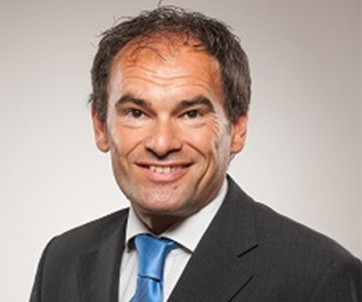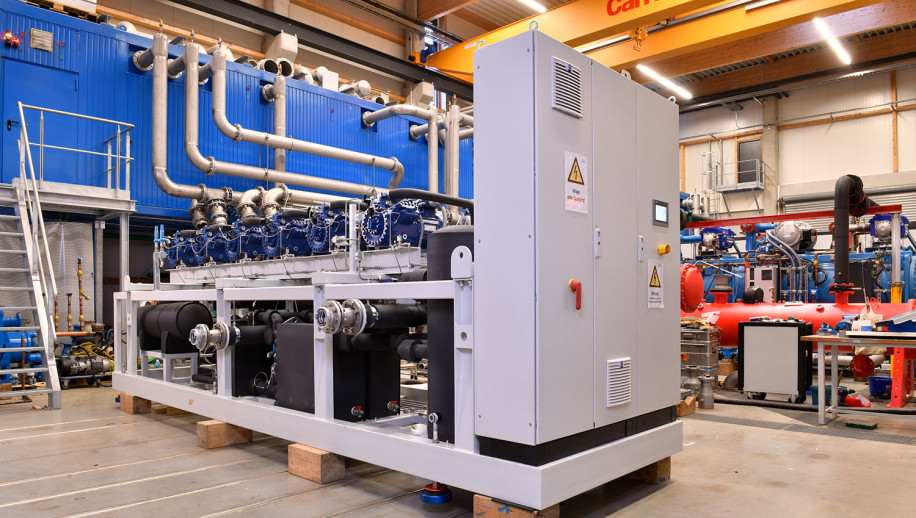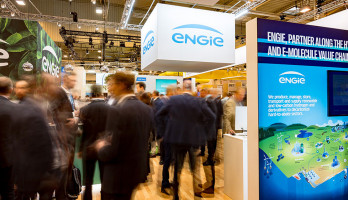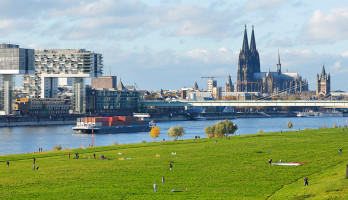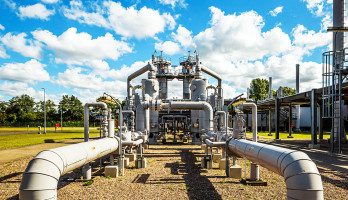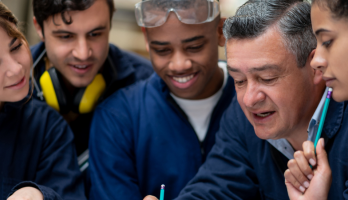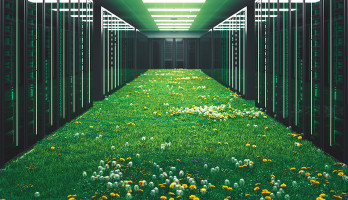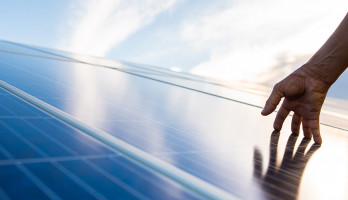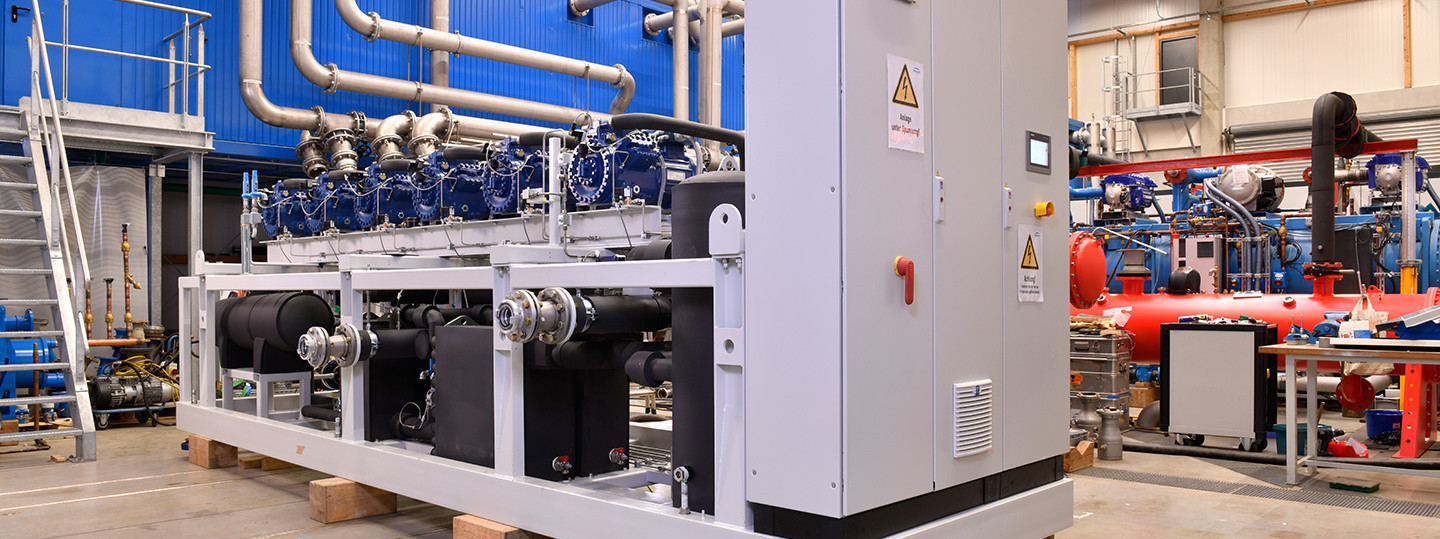
Heat pumps - key technology for the energy transition
A climate-friendly, reliable and efficient energy supply - that is what the energy transition is designed to achieve. Promotional potential lies dormant in the three sectors of electricity, mobility and heat. What will the heat supply of the future look like? In a study published in 2022, the independent economic consultancy Cambridge Econometrics examined the socioeconomic impact of CO2-free housing in Europe. It also looks at how we will heat in the future and the acquisition and operating costs of different technologies. The most favorable technologies are solar thermal and heat pumps
Heat pumps: powerful, reliable and intelligent
Global demand for heat is rising, and pressure is mounting on policymakers to invest in sustainable alternatives. One alternative to fossil-fueled heat generators is the heat pump, which is highly efficient and powerful, ensuring long-term safe, low-maintenance system operation. Support programs are offered by both the EU and the federal government, as well as the individual states.
thermeco2 and SPECTRUM: High-end technology "made in Germany"
"At ENGIE, we have set out to accompany our customers on the path to climate neutrality with future-oriented products and services. Our mission is called 'Zero Carbon Transition as a Service,'" said Frank Glaser, Key Account Manager Industrial & Commercial Heating at ENGIE Refrigeration.
With thermeco2 and SPECTRUM, ENGIE Refrigeration has two heat pumps in its portfolio that meet all the requirements for a climate-friendly heat supply. Both models can be powered by renewable electricity sources, which means that nothing stands in the way of a completely climate-neutral heat supply.
While the newly designed SPECTRUM Water heat pump has been available since spring 2022 (with the A1 refrigerants R-513A and R-515B as well as the A2L refrigerant R-1234ze), the thermeco2 high-temperature heat pump has already proven itself for years. With CO2 as a natural refrigerant (R-744), operators can operate economically, climate-friendly and safely, independent of the F-Gas regulation.
The thermeco2 high-temperature heat pump can reach temperatures of up to 90° C and is an environmentally friendly solution for a wide range of applications. "The thermeco2 is predestined for heating and cooling in public buildings and in hotels, in quarters as well as for energy suppliers and in waste management. But also in industrial manufacturing and food production," says Glaser. The thermeco2 high-temperature heat pump is a pioneer on the market and meets the framework conditions for various subsidy programs of the German Federal Office of Economics and Export Control (BAfA).
Best practice: heat supply in greenhouses
Croatia, Osijek area, 277,000 m2 of greenhouses. The operator is Osatina Group, the leading Croatian food producer. In order to position itself for the future as independently as possible from natural gas, it was looking for an environmentally friendly heat supply for five of the 10,000 m2 greenhouses. In the future, five thermeco2 high-temperature heat pumps (type HHR 1000, output 5 megawatts) from ENGIE Refrigeration will heat a total of 50,000 m2, keeping an area the size of around ten soccer fields at the right temperature. "The joint project between ENGIE Refrigeration and the Osatina Group enjoys a pioneering role internationally in terms of decarbonization and sustainability. That is why the European Union has classified it as particularly eligible for funding and has promised subsidies amounting to more than 40 percent of the investment sum," says Jochen Hornung, Managing Director of ENGIE Refrigeration.
Best practice: energy performance contracting in a hotel
Germany, Augsburg, Hotel Maximilian's. Even before working with ENGIE's energy experts, this traditional 5-star superior hotel placed great emphasis on sustainability and had a well water system including a heat pump for heating and cooling as well as a modern ventilation system with zone control. However, the continuous rise in groundwater temperature was causing problems.
With ENGIE's expertise, optimization potential was identified and realized through energy-saving contracting. Since the start of performance in April 2021, the traditional house reduced energy costs by 70,000 euros per year and lowered its carbon footprint by more than 290 tons per year. How is this possible? By hydraulically optimizing heating and cooling, the heat pump and groundwater well can be better utilized. In this way, free, climate-friendly environmental heat can be used. In addition, ventilation systems were adjusted using air quality sensors and lighting was upgraded to LED technology.
Our Expert
